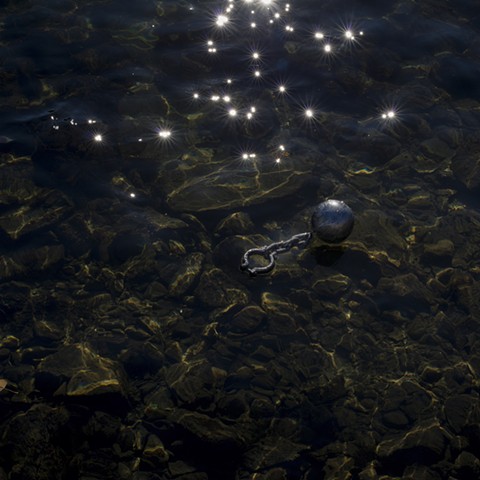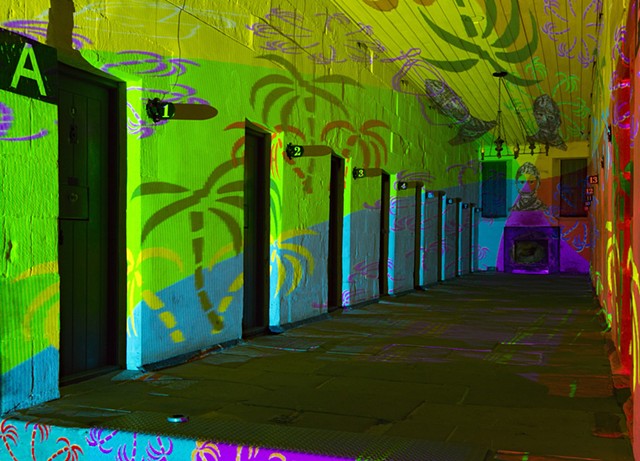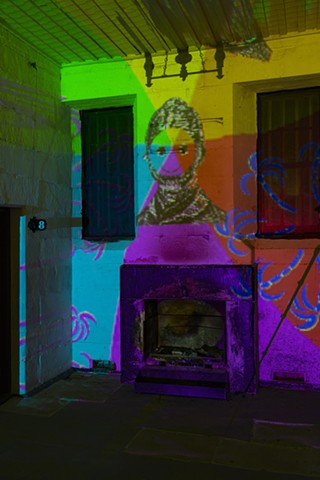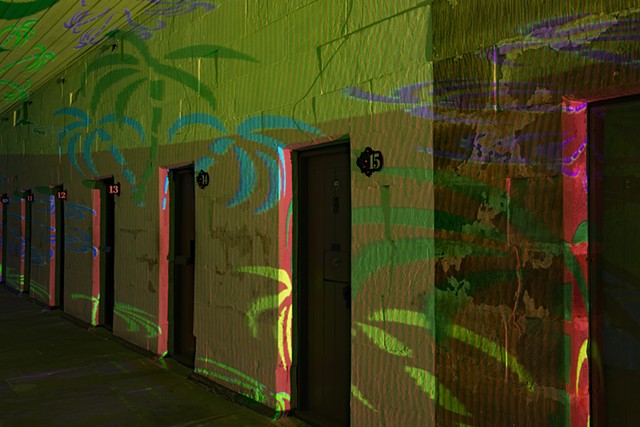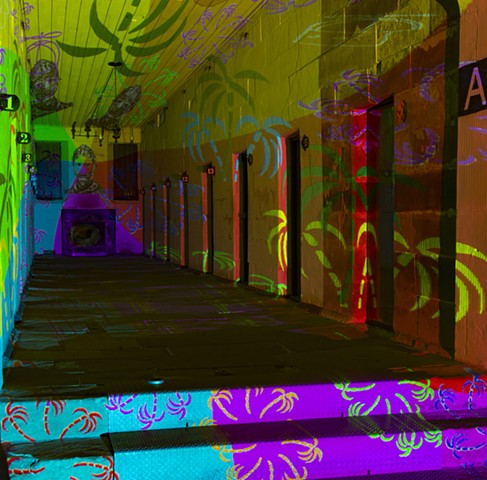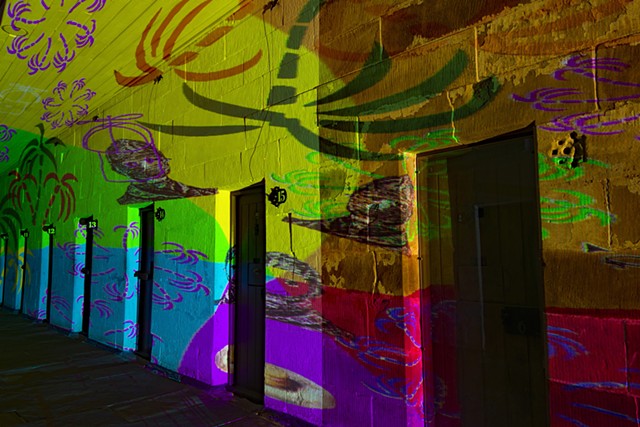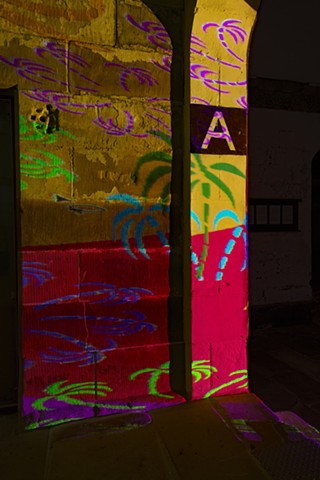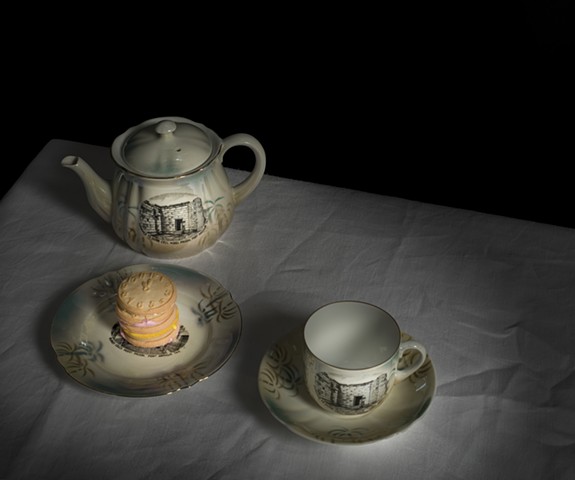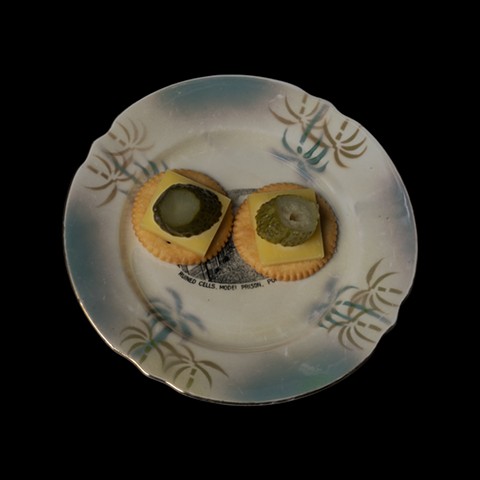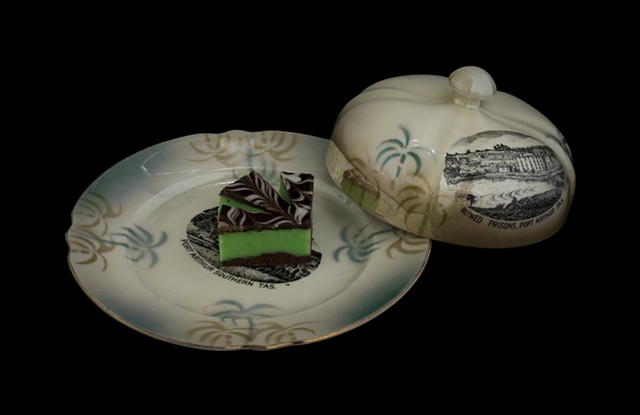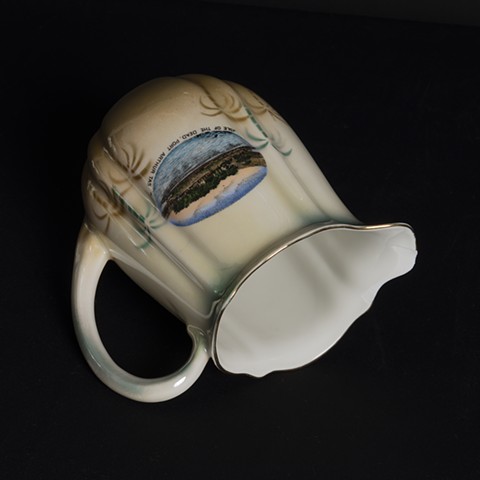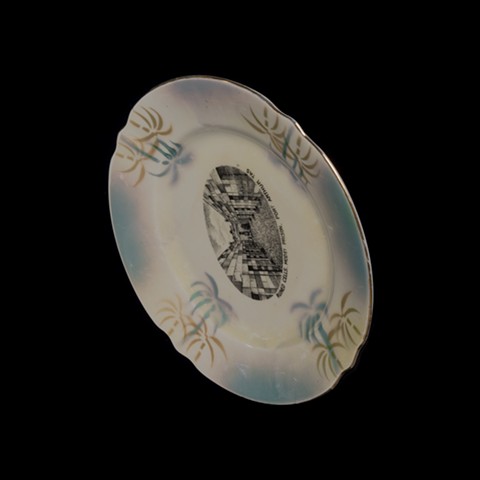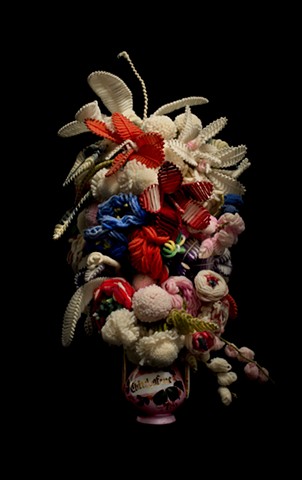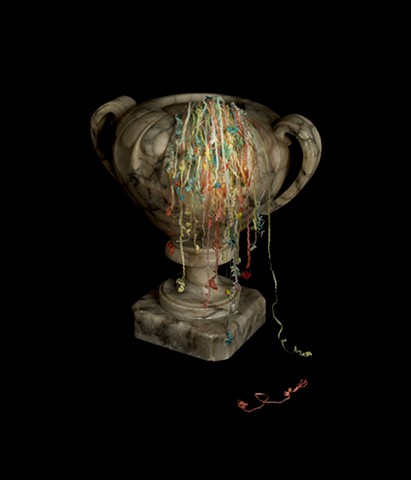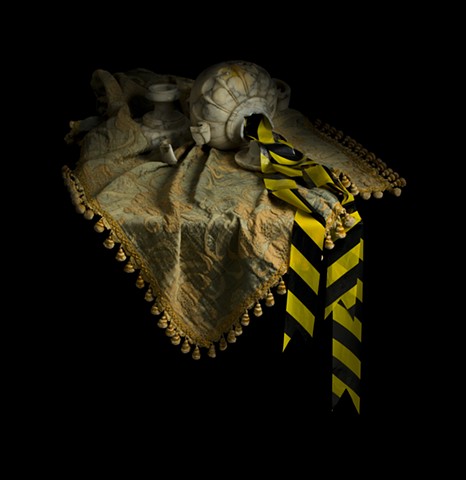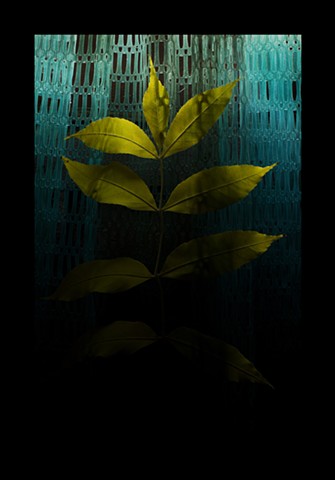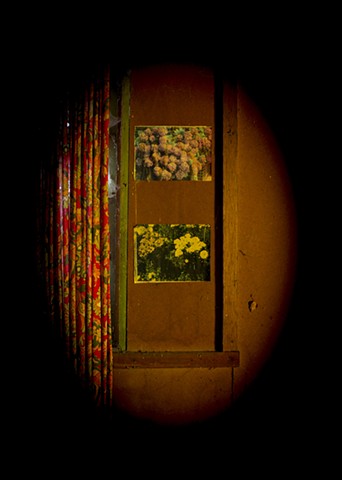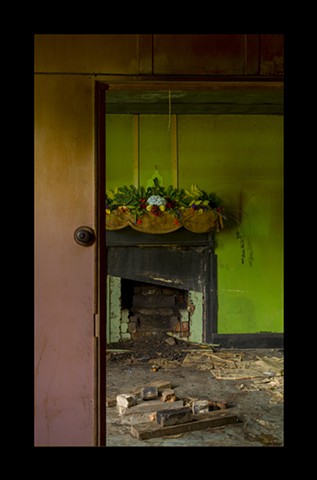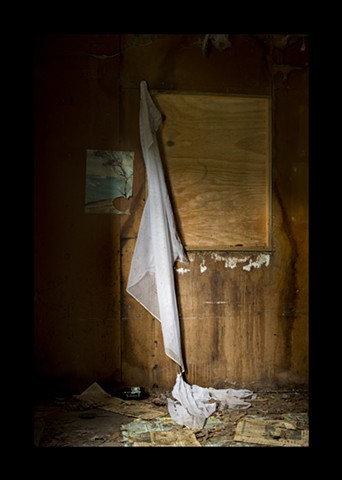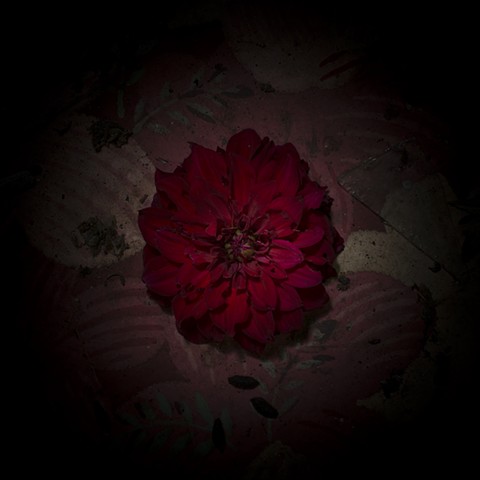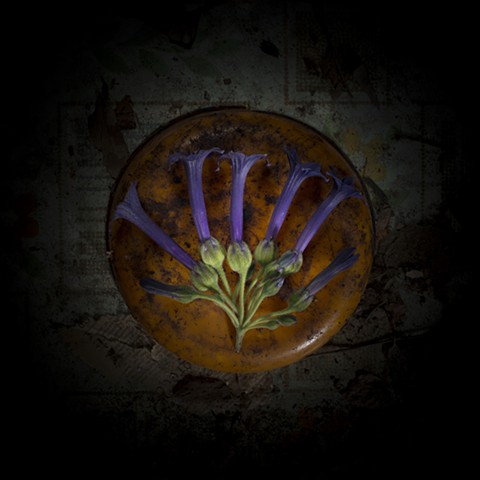Port Arthur Historic Site Residency 2017
On the eve of commencing my residency, my mind was full of questions and uncertainties about what I was going to do. It turned out that no preconceived ideas about what the outcome would be was the right approach. I just let the environment tell me as I followed narrative trails across the site with eyes and mind open. I experimented with new media and explored a vast array of themes and concepts.
Port Arthur Historic Site (PAHS) and the surrounding area constantly revealed photographic opportunities and I was relentless in my quest to not miss any of them.
I explored all hours of the day and and also the night, when I froze my lungs and my toes but discovered treasures that revealed themselves to no one but those who were adventurous enough to be out in the frost at 2am.
I combed the Resource Centre’s library and in particular, the collection of Brand Papers which contained news articles transcribed from newspapers from the commencement of the colony. What I didn’t expect was to find that the period directly after the closure of the penal settlement (1877) would be where my journey begins.
When the penal colony closed, Port Arthur was renamed Carnarvon in an attempt to forget the unpleasant past and create a new township. The land was opened to the public. Tourism commenced immediately and flourished rapidly, arriving by road and cruise ships. The convict era was the drawcard and so the name was changed back to Port Arthur. Buildings were for public sale, including the iconic church which was planned to be turned into a billiard hall and The Separate Prison (also called The Model Prison) was to became a luxury resort in 1884, both purchased by Reverend Woolnough, (bushfires and public protests thwarted those plans). The Separate Prison was built for solitary confinement, inhabitants were silent and wore hoods covering their faces on the infrequent occasions of gathering. It was a place for convicts deemed to be beyond reform or occupation.
On display at the museum at PAHS is a souvenir tea set made in Germany during the 1930’s, which is adorned with green and gold palm tree motifs and illustrations of buildings such as The Dumb Cell and The Separate Prison. The incongruous matching of resort style palms and deprivation prompted the loudly coloured large scale projection work in corridor ‘A’ of The Separate Prison. An intense aberration inside what has always been quiet and white. (View artworks: “Chromatic Aberrations at The Separate Prison” no.1-7, also "Drink Me, Eat Me", “Gherkins and Cheese on Clix”, “Peppermint Slice”, “Isle of the Dead” and “Ruined Cells” ).
Another interesting character who arrived at Carnarvon and purchased land was William Radcliffe. He opened a bakery, and had convict artefacts on display that he found while digging the foundations for the shop. He went on to open a museum which included items from around the world, some of which have remained at Port Arthur and have become the PAHS Radcliffe Collection. Several of items such as alabaster urns, a bunch of flowers made of wool in a vase inscribed with “Think of Me” and a china jug in the same style as the German tea set have been included in the still life photographs taken during the residency. (View artworks: “Think of Me”, “The Nature of Rising”, “The Nature of Falling”,
Of all the people who purchased homes and lived at Port Arthur, Pat at lot 46 was the last resident to leave in 1984. Her home was built by Radcliffe, clad with kerosene cans, it is on the left as you enter the grounds. She was an avid gardener and her front garden was admired by the many tourists. When she passed in 1985, her ashes were returned to her garden and spread at the base of the ash tree, positioned on the southern side of the cottage. (See artworks: “Inside at Lot 46” no. 1-5, and “Flowers in Her House” ).
The four week residency provided me with a sanctuary for contemplation and a world of subjects and opportunities to generate new work, explore new mediums and increase my skill base. This would not have achieved on such a prolific scale without the amazing support and assistance of the staff at PAHS and the generosity of time, knowledge, resources, accommodation and frequent acts of human kindness.
Thank you also to Arts Tasmania for the advice and assistance during this exciting journey.
